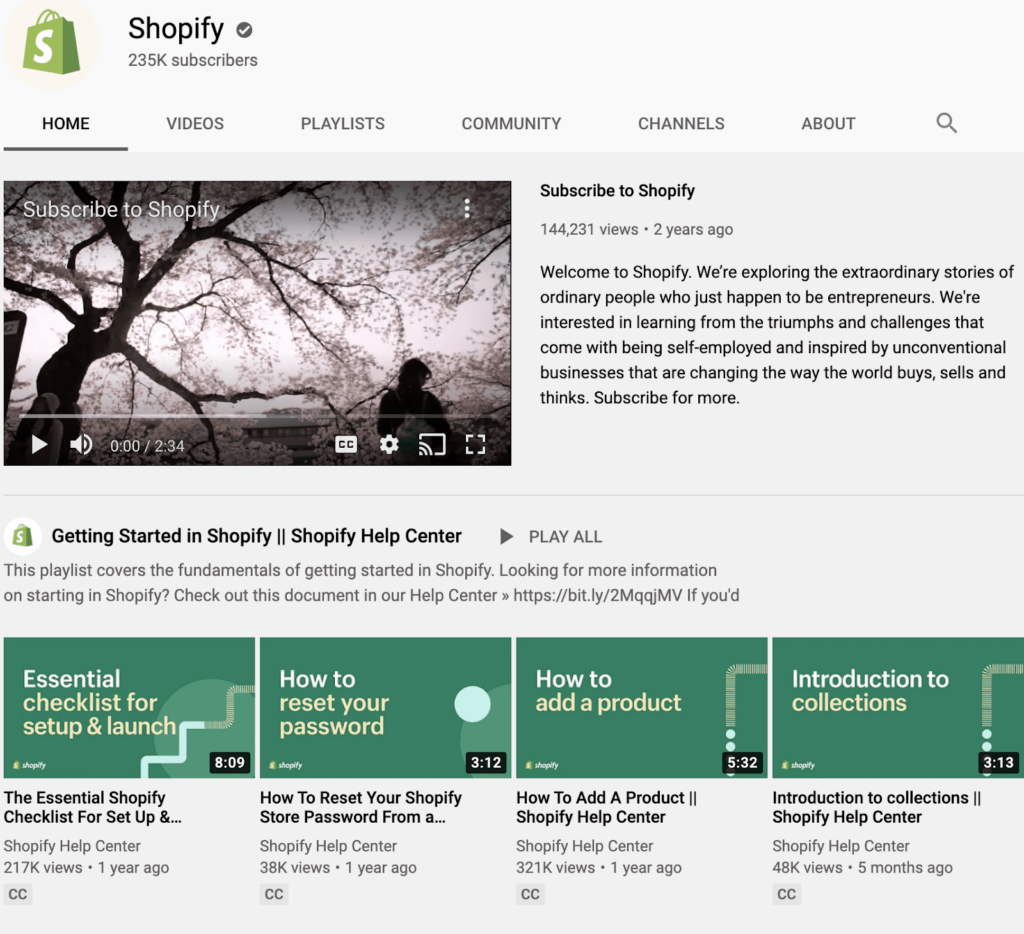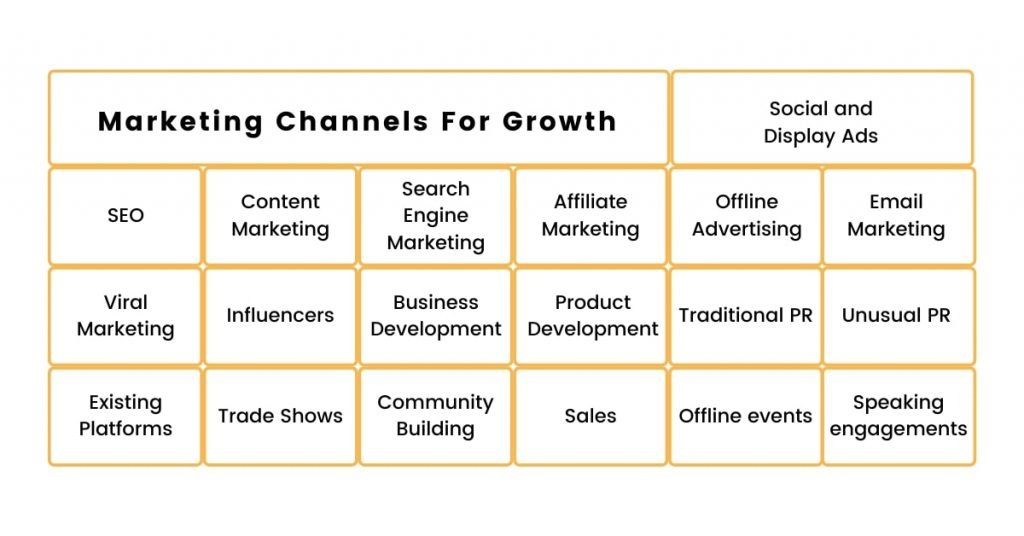
There are a number of ways to optimize your display ads for mobile devices. These elements can be either placed on the ads' setup pages or images, depending on the size of the ad and the call-to action text. Beyond the placements there are many other factors you need to consider such as the format, size and Asset progress score. This article will cover some of these aspects.
Placements

If you're looking to drive more traffic and increase click-throughs, responsive ads can be a good choice. Because they are targeted to users who have visited your site before, they are more likely to drive conversions. This makes them an excellent choice for remarketing campaigns. How do you use these ads for maximum marketing ROI? Here are some ways to get started.
Size
Display responsive ads can be placed on any website that is suitable for them. A half-page ad will not fit a banner on the side, top, or bottom of the page. A wrong ad size can limit the reach of an advertisement and make it ineffective. Google has determined the ideal size for an advertising campaign. Here are the dimensions for display advertisements and some things to remember. The medium rectangle provides twice the space as a medium square so it should go at the end of your page.
Format
It is important to begin writing your Responsive Display Ads' headlines and descriptions before Google. For headlines, you can use as many as 90 characters and as many descriptions. Different titles can be used for each ad slot. Make sure to highlight the main benefits of each product, promotion, or service. You should also include the URL of your company and not more than 25 characters. This field will not be visible in a Responsive Ad.
Score for Asset Progress
Google Responsive Advertising is an option to maximize your display ad performance on mobile phones. The ads will adjust automatically to take into account the layout and size of a website. Upload your ad assets to make this possible. Google uses machine learning and other factors in order to determine the best format for each device. You can have your ad appear in a video ad or a banner ad. If your ads match the format of the website, they will look more natural.
Prices

You can reach a larger audience with responsive ads. They can also reduce overhead in your ad portfolio. They can be adjusted to display on all devices and can even be used as videos. Google Ads gives feedback on the ad's structure and makes suggestions for improvements. This is the equivalent of a tailoring platform. These features allow you to tailor your ads to the right audience.
Design
Responsive display ads can be a great way reach a large audience and promote your business. A responsive ad is able to adjust to any screen size, unlike traditional display ads that require each unit to be created individually. With responsive display ads, you can edit the text and images of your ad without having to spend hours on each individual ad. Google adapts your ad format automatically to fit the screen.
FAQ
What is the cost of advertising on social media?
It is important to know that advertising on social media platforms is not free if you decide to do this route. You will be charged monthly depending on your time on each platform.
Facebook - $0.10 for 1,000 impressions
Twitter - $0.20/1000 impressions (if applicable)
Linkedin - $0.30 per 1,000 impressions if you send out invitations
Instagram - $0.50 Per 1,000 Impressions
Snapchat - $0.60 Per 1,000 Impressions ($0.40 per User)
YouTube - $0.25/1000 views
Tumblr $0.15 for 1,000 impressions text posts
Pinterest - $0.05 per 1,000 impressions per month
Google + - $0.15 - $0.20 per 1 Million Impressions
Tumblr: $0.15-$.20 per 100,000 impressions
Vimeo - $0.20 to $0.25 per 10,000 impressions
Soundcloud: $0.20-$0.25 Per 1 Million Plays
StumbleUpon - $0.20 -$0.25 per 1 billion pageviews
Digg - $0.20- $0.25 for 1000 diggs
Reddit - $0.20-$0.25 per 1000 comments
Wordpress - $0.20--$0.25 per 500 comments
Flickr - $0.20 -- $0.25 per 5,000 photo uploads
What are the basics of television advertising?
Television advertising is an extremely effective medium for reaching many people at once. It was also very costly. But if you use it correctly, it can be extremely powerful.
There are many different types of TV ads, but they all have certain common characteristics. You must ensure your TV ad fits within the category it is being placed. You shouldn't attempt to make a lifestyle commercial the same as a product ad. Your message must be consistent throughout the campaign.
Second, prime-time hours are the best times to air your ads. This is because many viewers are able to relax in front of the TV while watching. They should be able to concentrate on what you are saying.
You don't have to be rich to achieve great results. It may be the reverse. A study conducted by the University of California found that commercials aired during popular shows were less likely to sell products than those aired during unpopular shows. So, if you spend a lot of money on TV advertising, ensure you do it right.
What is advertising's main purpose?
Advertising isn’t about selling products.
Advertising is all about communicating ideas and values with people who are already interested. It is about changing attitudes and minds. It's all about building relationships.
It's all about helping people feel good.
You can't sell to your customers if you don’t know their needs.
You must first get to know your customer before you can start advertising projects.
This allows you to design ads that resonate well with them.
Advertising: What is it?
Advertising is an art form. It's not just about selling products. It's about creating emotional connections between people and brands.
Advertising is about sharing stories and using images for ideas.
Communication must be clear and persuasive. Your target market should be able to relate to the story you tell.
Advertising is different than other communication methods, such as writing or public speaking.
When you create a winning ad campaign, it is creating your brand identity.
This is how you are memorable. You will be remembered by others.
How do I choose my target audience?
Start with yourself, and the people closest to you. If you don't know where to begin, ask yourself, "who am I trying to reach?"
These are some questions to ask yourself: Who is the most influential person in my industry? What are the problems they face daily? Who are my top-ranking people? Where are they located online?
Rewind to the beginning, when your business was founded. Why did you begin? How did you solve the problem?
These answers will help to identify your ideal clients. You'll also learn more about what makes them tick and why they buy from you.
For clues on who your competitors cater to, check out their websites and social media pages.
Once you have identified your target customers you will need to choose the channel to reach them. An example: If you provide services to realty agents, you may create an informational website for home buyers.
A blog could be created if your software is offered to small businesses.
If you sell clothing, you could create a Facebook page for teens. If you own a restaurant, you can set up a twitter account to provide information for parents searching for child-friendly options.
It is important to remember that there are many methods of getting your message across.
What is affiliate Marketing?
Affiliate marketing is an online business model where you earn commissions by referring customers to products and services sold on other websites. You get paid by the product owner when someone buys from them.
Affiliate marketing is based on referrals. You don't have to do anything special for people to buy from you. All they have to do is to refer them the website.
Making money doesn't require any hard selling. It's as simple to sell as to buy.
An affiliate account can be created in minutes.
The more you refer people, the more you'll receive commission.
There are two types.
-
Affiliates who are the owners of their own websites
-
Affiliates who work in companies that offer products or services.
What do you need to know about radio advertising?
It is important to understand the interdependence of different media types. Remember that media can complement each other and are not necessarily competitive.
Radio is best used as an extension of television advertising. It enhances television by reinforcing important messages and providing additional details.
Radio listeners may find TV commercials too long. Radio ads are typically shorter and less costly.
Statistics
- It's 100% reliant on your website traffic. (quicksprout.com)
- Nonetheless, advertising spending as a share of GDP was slightly lower – about 2.4 percent. (en.wikipedia.org)
- Worldwide spending on advertising in 2015 amounted to an estimated US$529.43 billion. (en.wikipedia.org)
- Advertising spending as a share of GDP was about 2.9 percent. (en.wikipedia.org)
External Links
How To
How to place sponsored ads on Facebook
Facebook has quickly become one the most widely used social networking platforms. The global population is 1.79 billion. The number keeps growing every day.
Facebook is free but you must pay to reach your audience. You can also use paid advertising options, such as promoted posts or banners.
Log in to your existing application if you have one. You can also click on "Create New App". These are the steps to follow:
-
Under the Apps section, click "Add Platform".
-
Select "Advertising", then click on Continue.
-
Please complete the form and submit it.
-
Once you have been approved, you will receive a Client ID number and a Secret key. You will need to copy them.
-
Copy the keys and paste them into the fields.
-
Enter the name of your campaign, and then select the currency.
-
Click "Start Campaign".
-
Follow the instructions until your first banner appears. Copy the URL and return to your Facebook page.
-
Paste your code in the box provided by Facebook.
-
Click "Save Changes."
-
Your ad should now be live!
-
You can repeat steps 10 through 12 for every additional banner you create.
-
Click "Continue" when you're done.
-
Finish the last step to create your ad-group.
-
Once your campaign is complete, click the "View All Ads” link to view all of it.
-
Simply click the "Remove ad" button next each individual ad.
-
If you don’t see results after running your campaigns, ensure that you followed all the directions.
-
Be sure to verify the date range of your campaigns.
-
Set your budget accordingly.
-
Save your changes.
-
Before you click "Submit", make sure to review the settings.
-
You can wait for your ads on your timeline to appear.
-
Well done!
-
Let's now examine some tips to help improve your results.